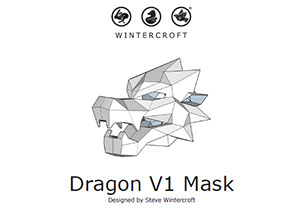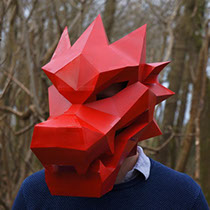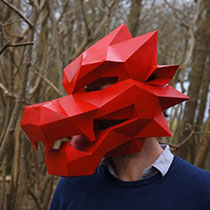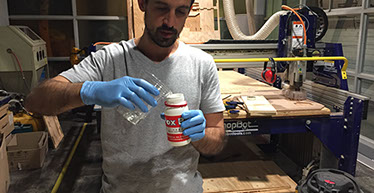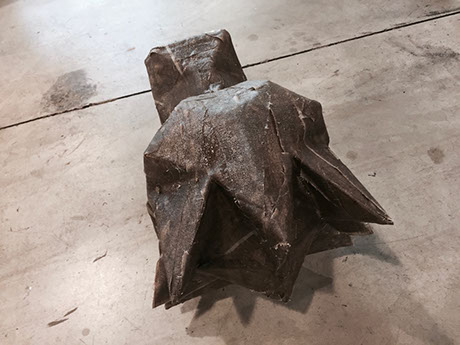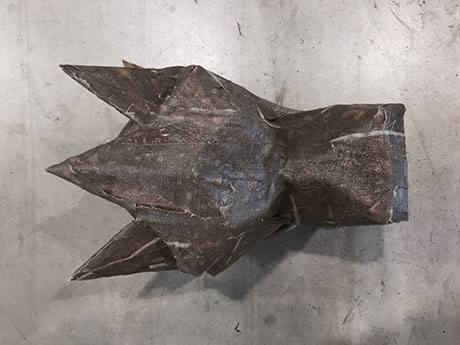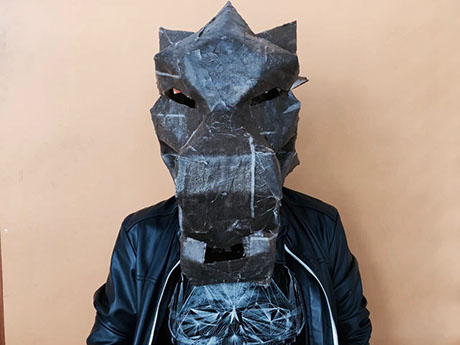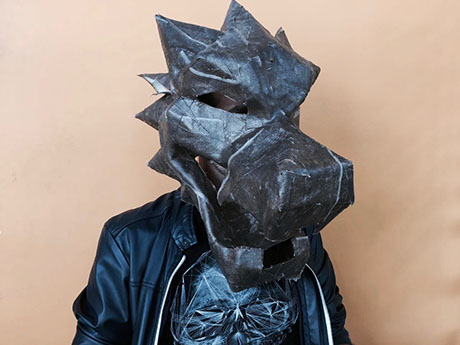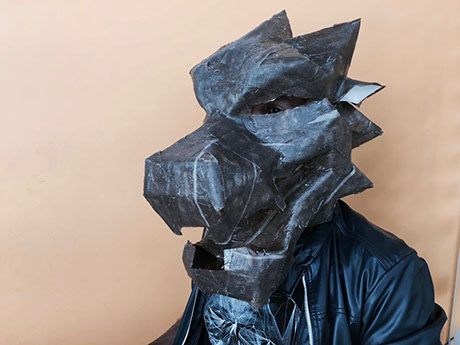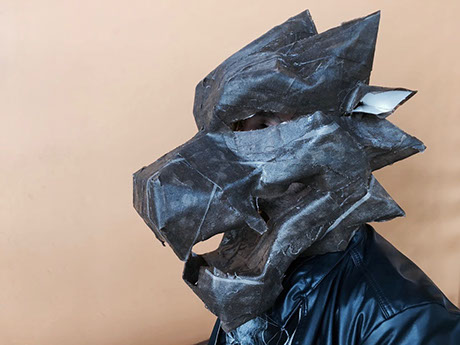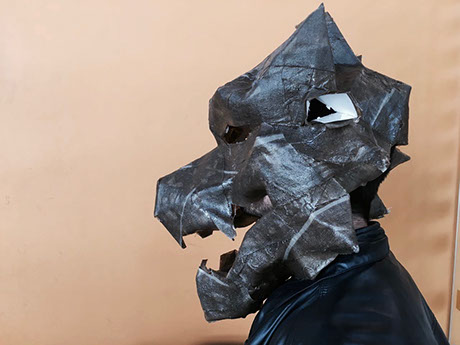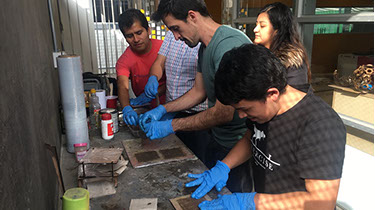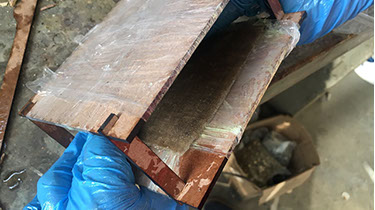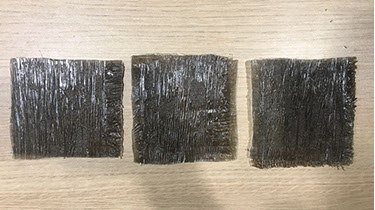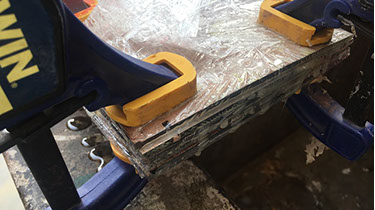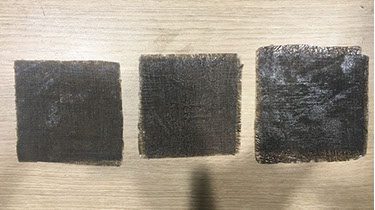COMPOSITES
WEEK 14
- Read the material safety data sheet (MSDS) and technical data sheet (TDS) for the resins that you're using
- Design and fabricate a 3D mold (~ft2) and produce a fiber composite part in it
MATERIAL SAFETY DATA SHEET (MSDS) AND TECHNICAL DATA SHEET "POX BAK"
The kit consists of a resin (A) and a catalyst (B), which must be prepared following a ratio of 5 to 1. Part A must be pre-mixed for two minutes, then the catalyst is added and mixed for a further 5 minutes , Finally let the mix rest for two minutes and be ready to apply.
To store the product, it must be closed and in temperatures between 18 and 40 Cº. If the resin is crystallized it should be subjected to a water bath. Wait for it to be completely cold to add the catalyst. Do not add the catalyst if the resin is still hot.



POX BAK 1206 RESIN material safety data sheet MSDS (click here)
POX BAK 1206 RESIN technical data sheet TDS (click here)
THE MASK
At first I did not know what to do, then I remembered certain masks used during a festivity in Peru, they are part of the "Diablada" in the department of Puno near the border with Bolivia. To make the mask, I had to model it first, but it was going to take to much time only for 3D modeling, not to mention the difficulties of design to do the mold and then to unmold the mask. So I begin to think about a more simpler mask to make.

I came up with the idea to make a mask, but without using a mold, so i thought that the material would have to be rigid enought to be a structure it self, i remember an artist, Steve Wintercroft, that design and sells folding masks on the internet. The Wintrecroft Masks could solve the problem of the structure, so I pic one, the dragon, and buy the building patterns.
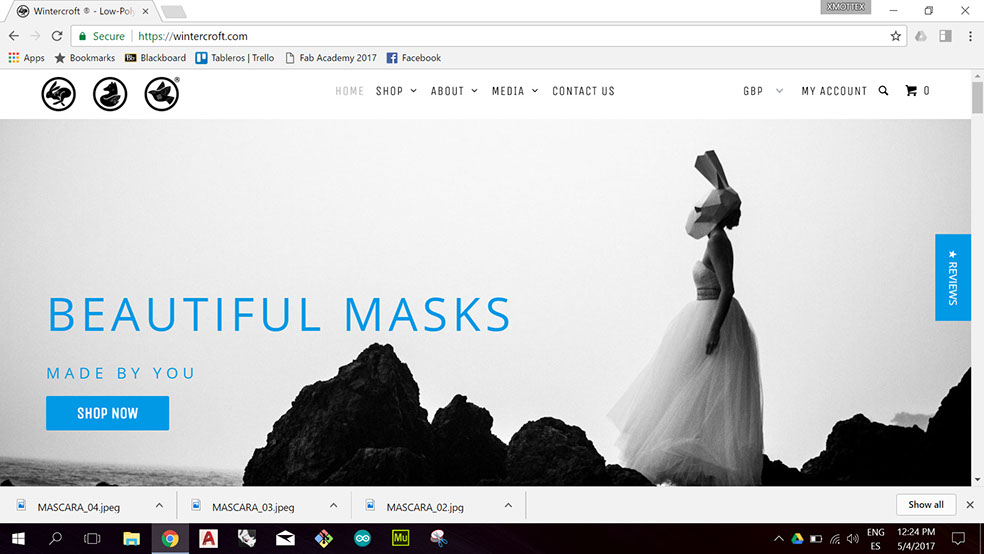
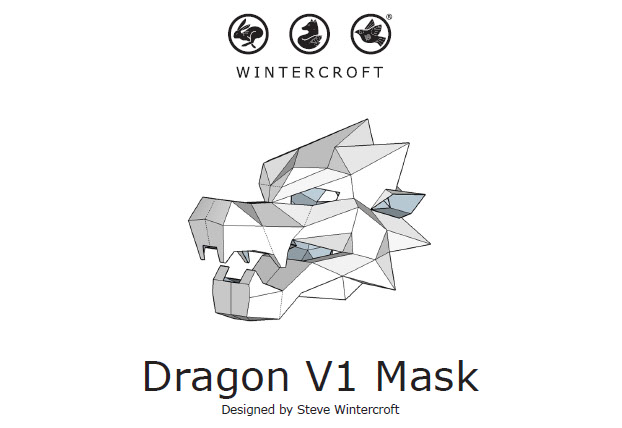
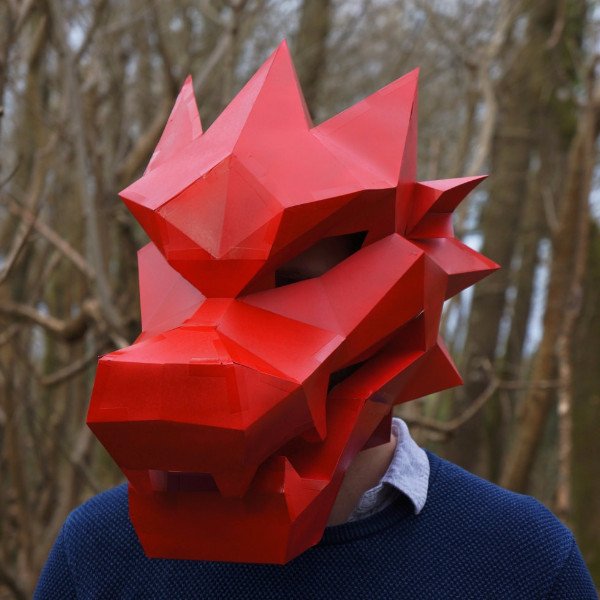
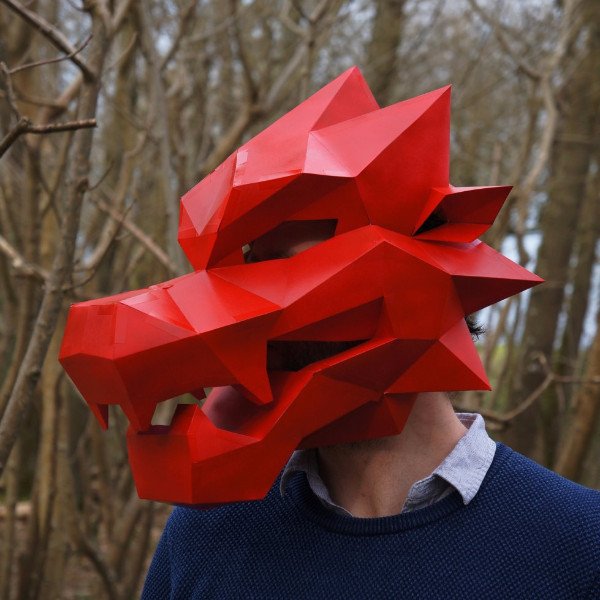
The main idea was to make a first layer on a flat surface where you could tighten the fabric and put the resin on. I was looking to generate a rigid enough material to cut and fold the patterns of the mask with precision. The used materials were linen and resin. To make the resin, you have to mix two compounds one of the red one and five of the yellow one.


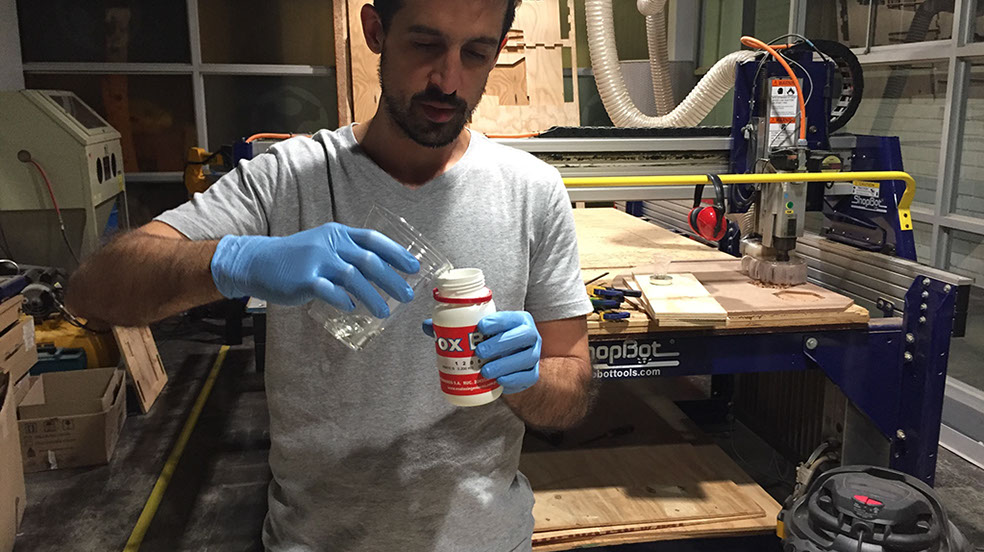



When ready, I cut the first layer of composite in a format that could fit in the laser cutter. Then I make some laser cut tests to find out the cutting settings. After cutting the patterns, I folded and glued the pieces to shape the dragon mask so I coluld have the structure to put the other fabric and resin layers.











The first layer mask dont go as I espected, because it was not rigid enough, I shoulded put more resin in the first layer. To compensate for this, I cut pieces of thin cardboard to reinforce the structure to put the next layers of fabric and resin. Finaly I cut triangles to put in the other layers.



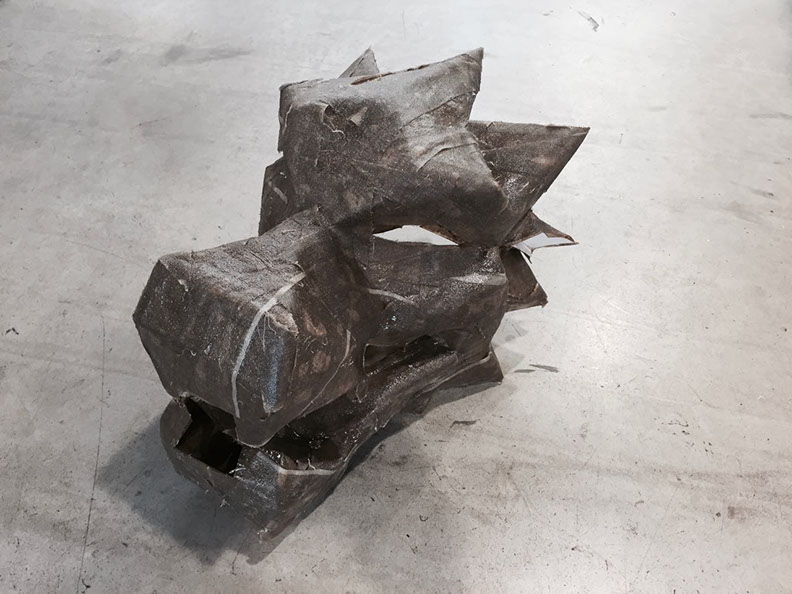
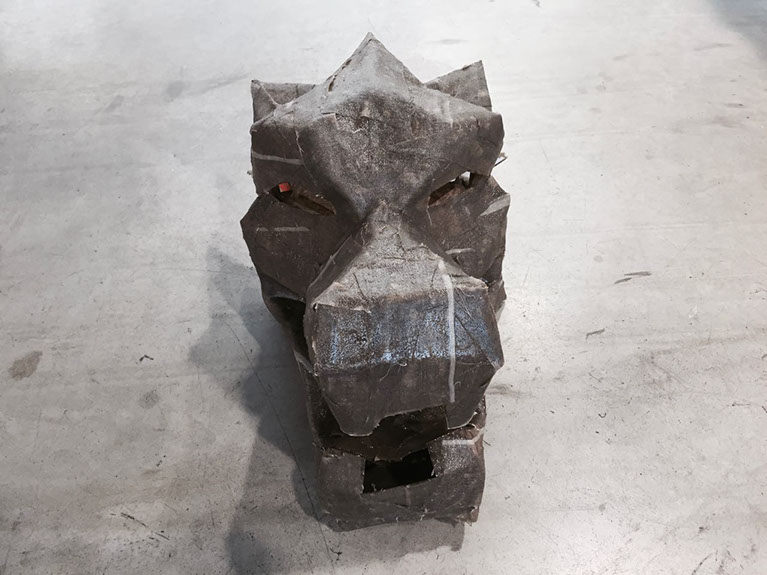
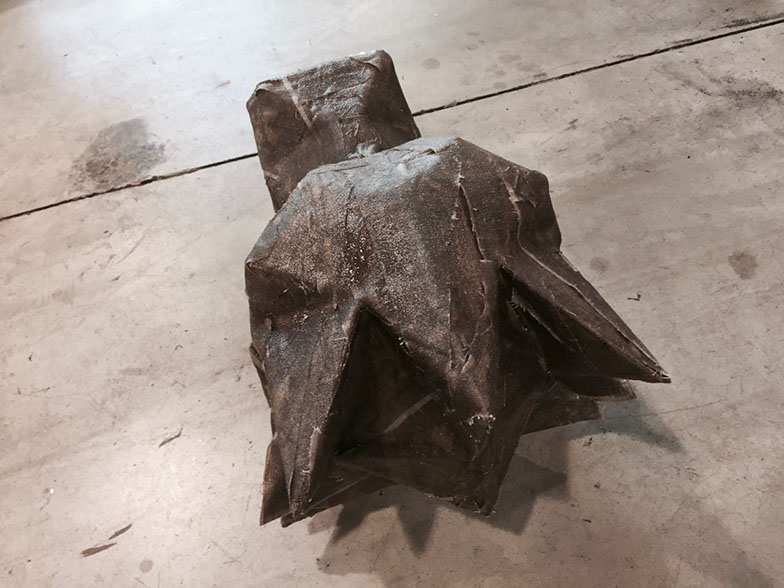
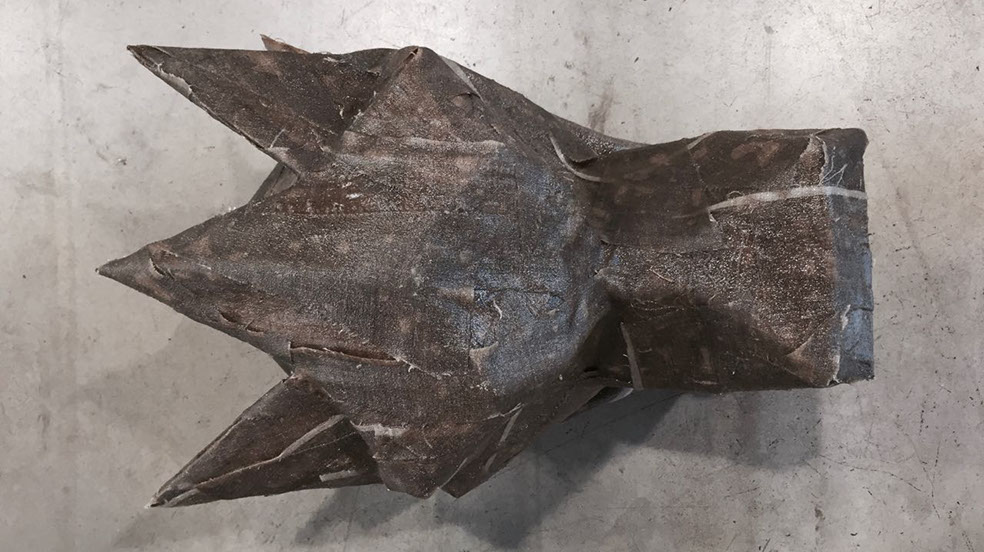
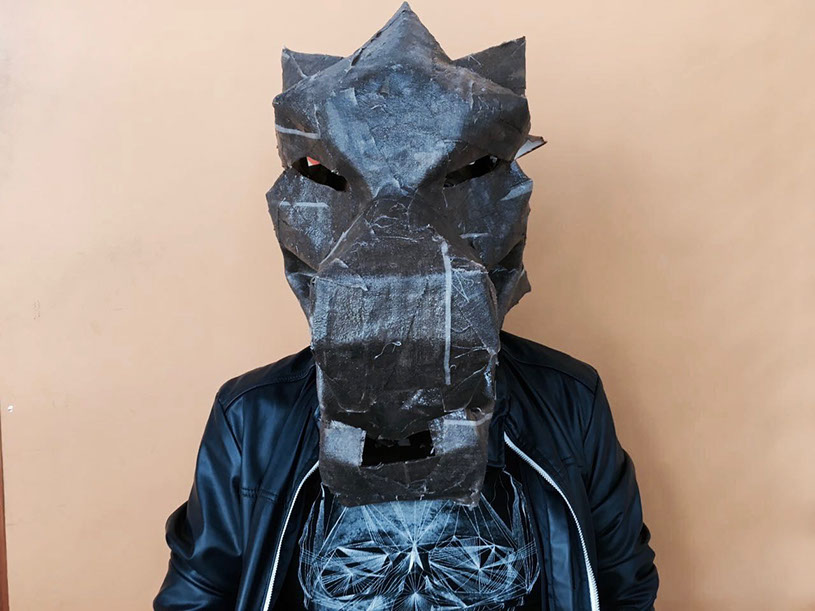
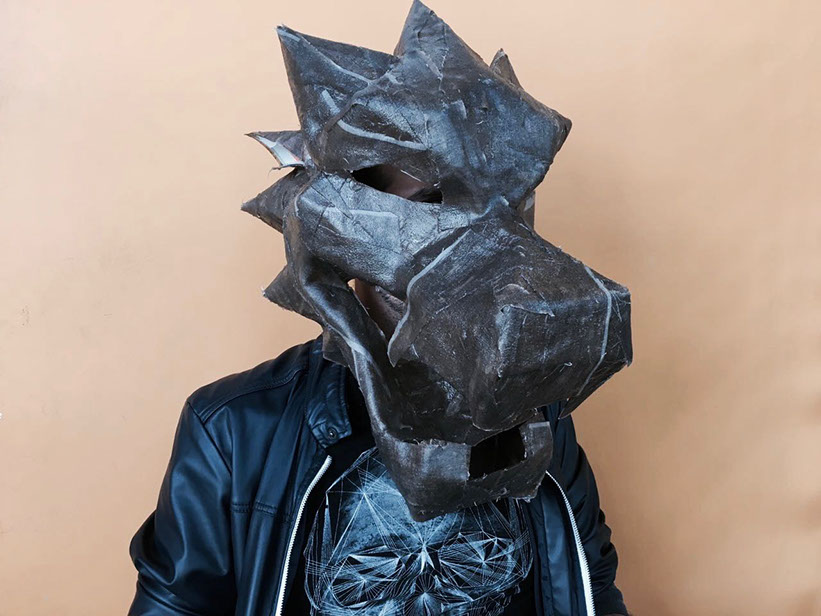
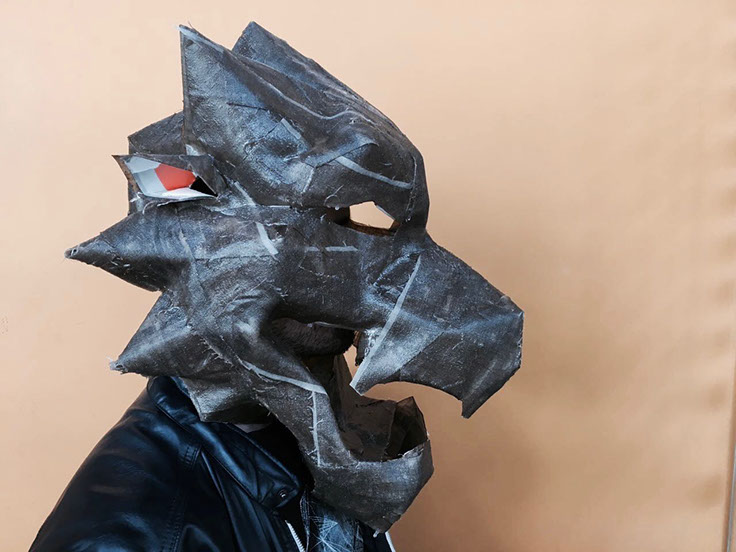
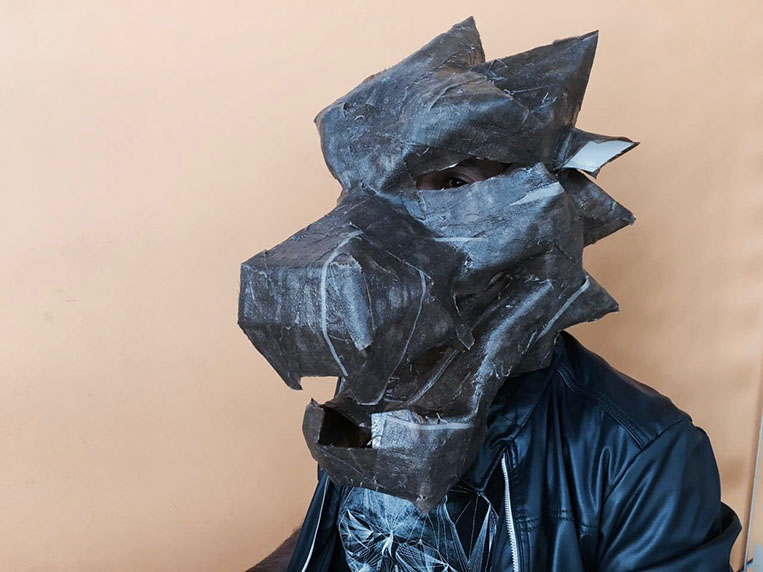
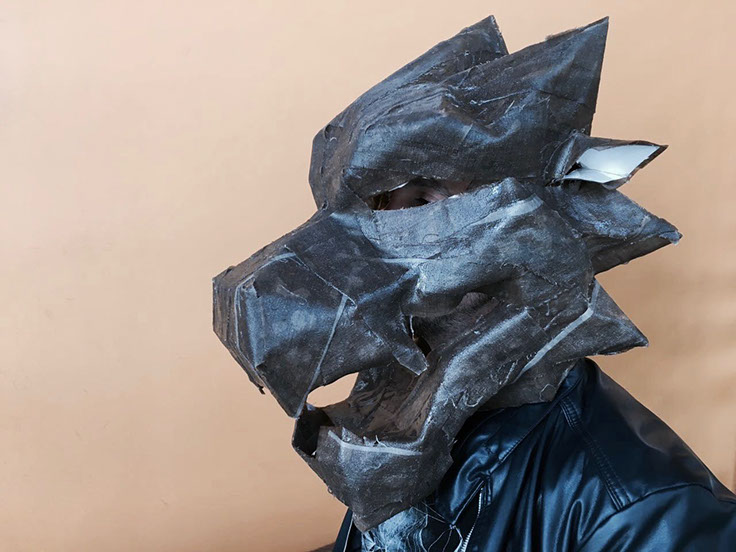
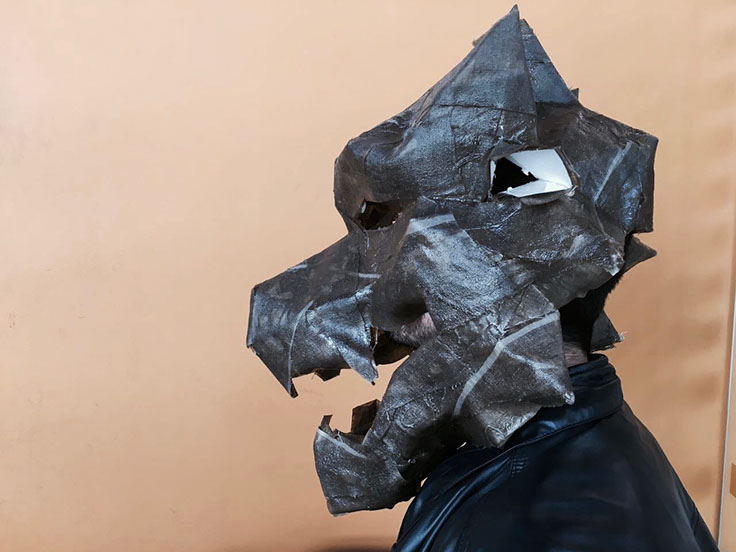
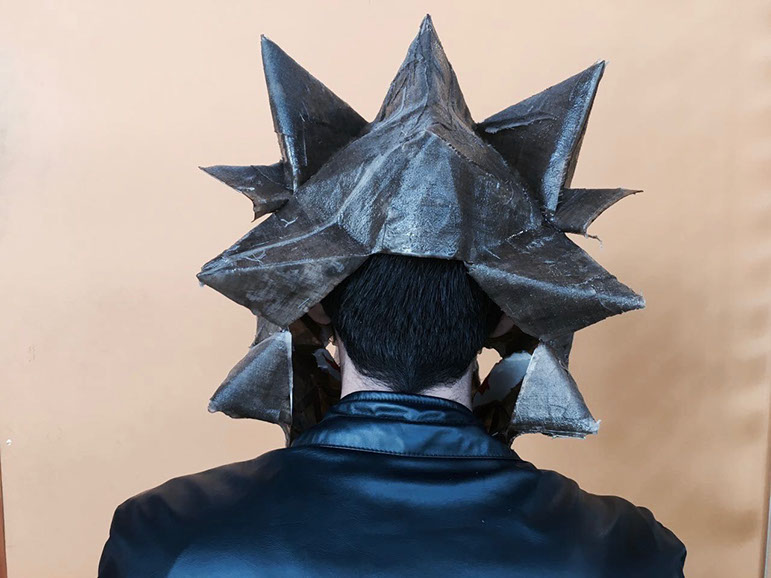
AFTER CLASS UPDATE: The day of the next class I presented the mask to Niel, it seemed a good example of a folded structure applied to composite, however he suggested to do a simple test to accomplish the assignment. That's why I added group tests to the assignment of the week. You can watch the replay at 1:11:10 next minute.

GROUP TESTS
By Niel suggestion, we made several group tests to explore with composites. We decided to make three samples, for two, three and five layers of two different kind of fabrics (tocuyo an yute). To achieve that we cut several mdf squares and wrapped them with strech plastic to use them as a mold. Then we put vaseline on them to prevent the resin from sticking to the mold. In one of them we used presses, in the othe we used a vacuum storage bag.
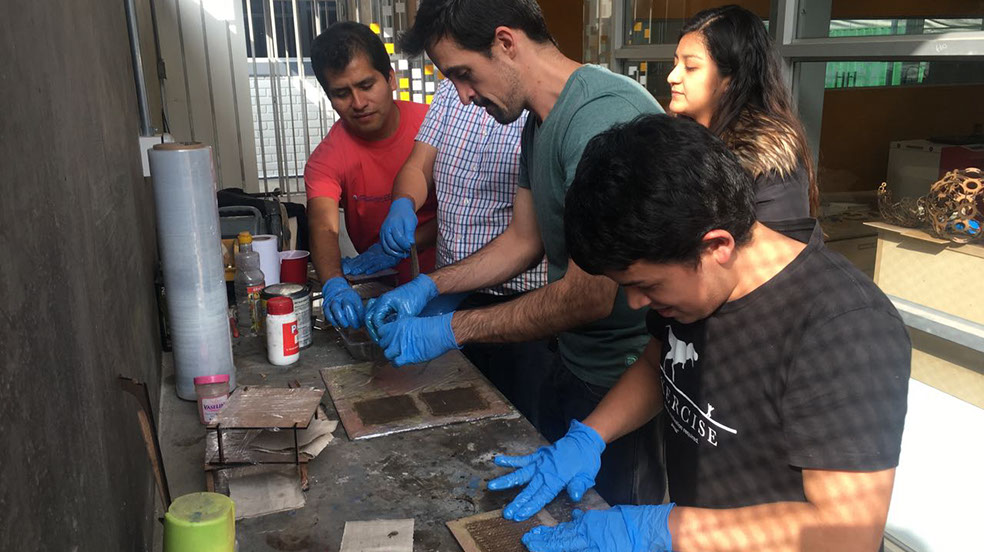
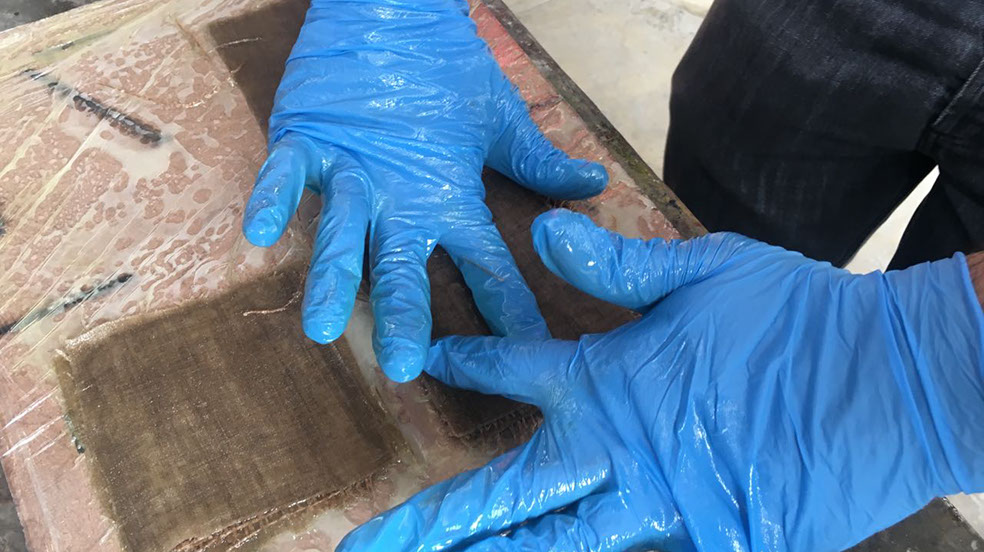
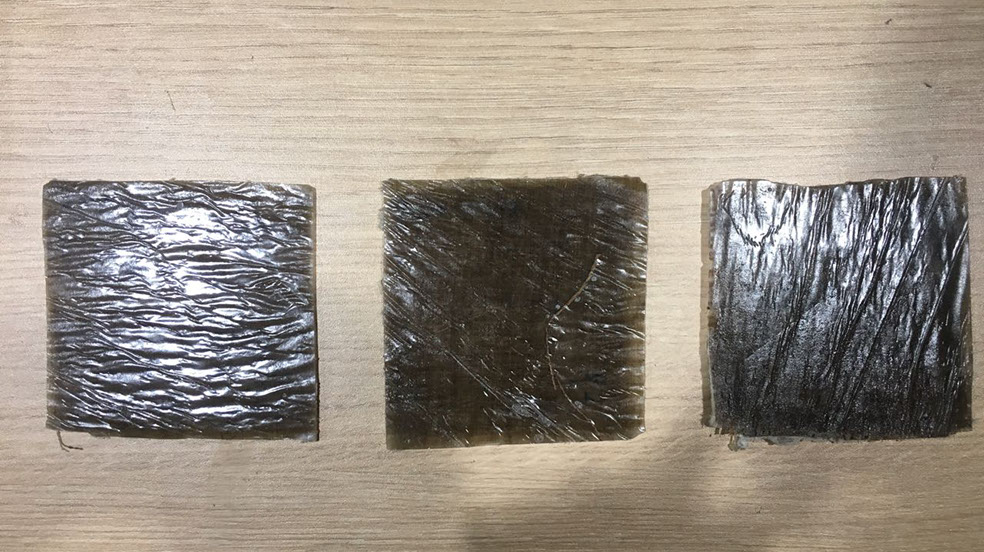
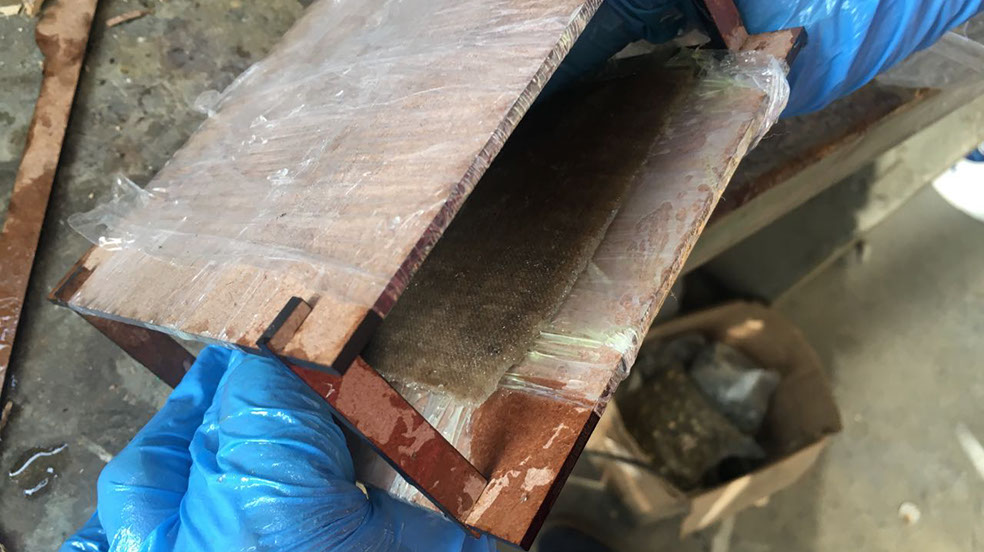
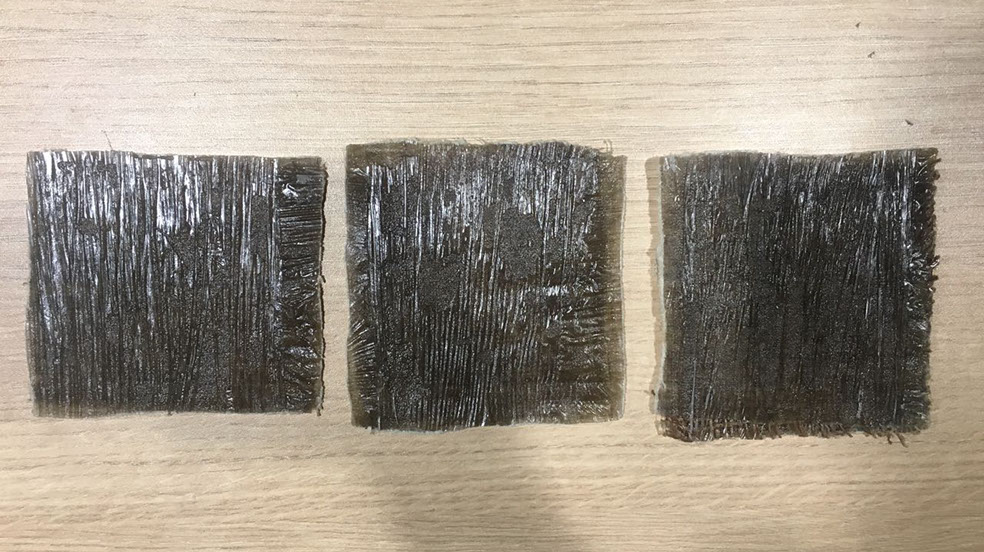
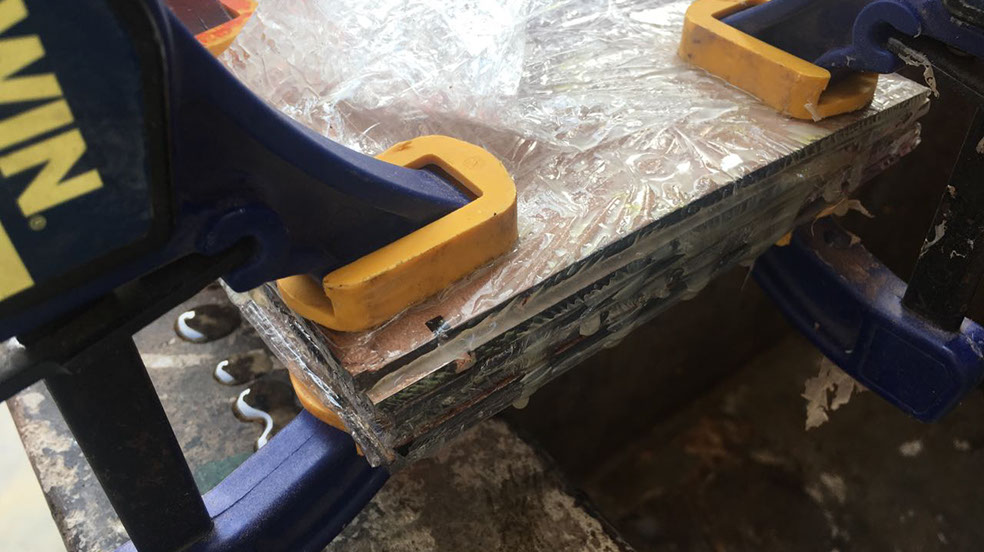
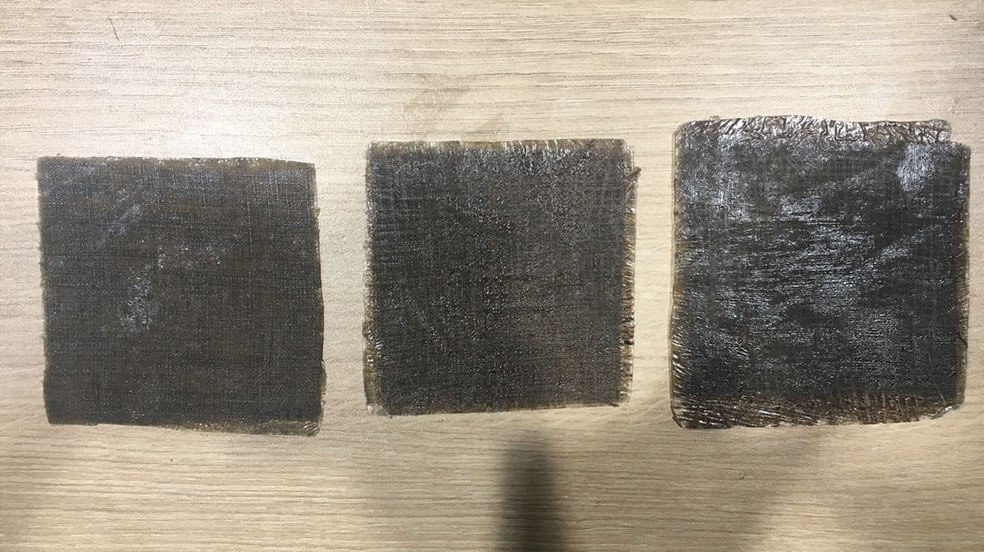
As you can see the result is optimum you hardly see resin surpluses and despite being very compact it is flexible.




